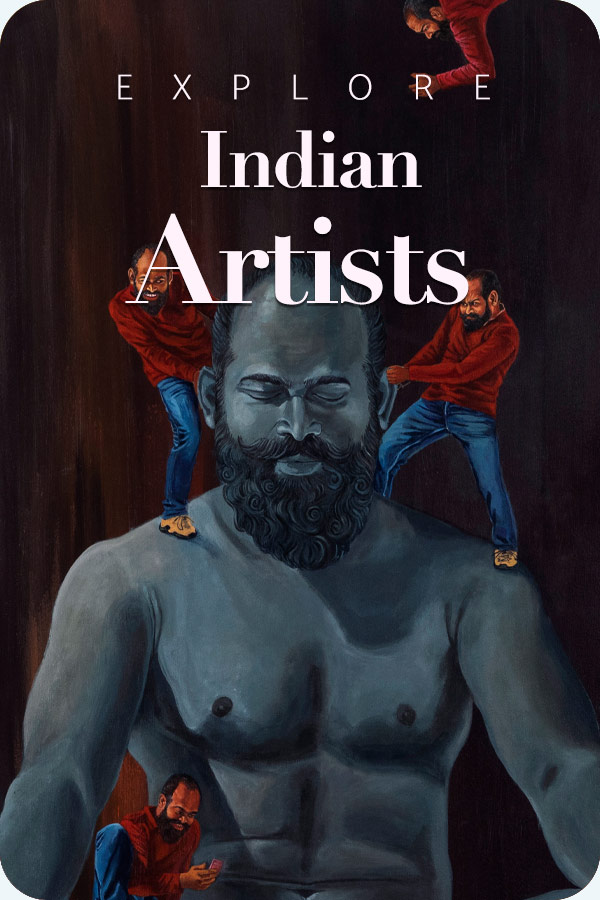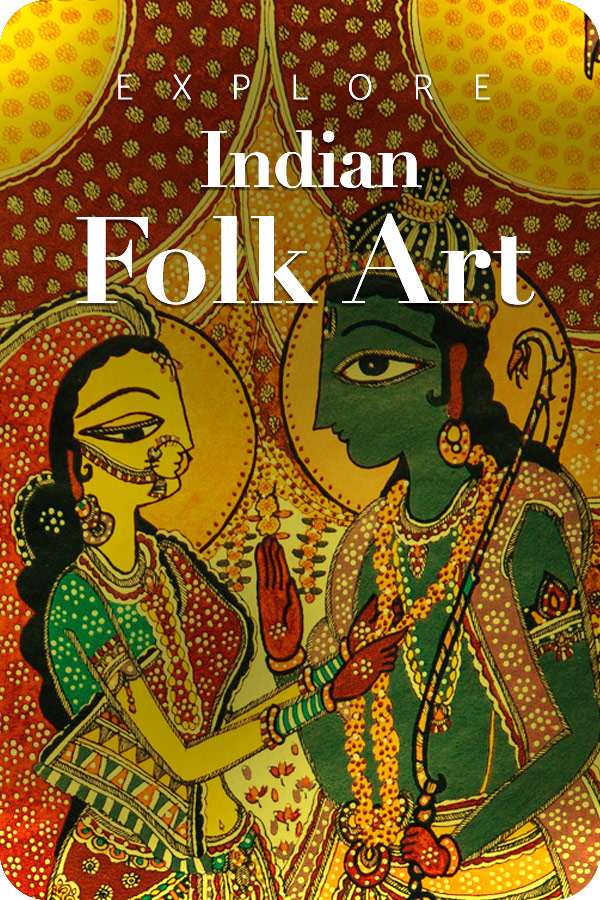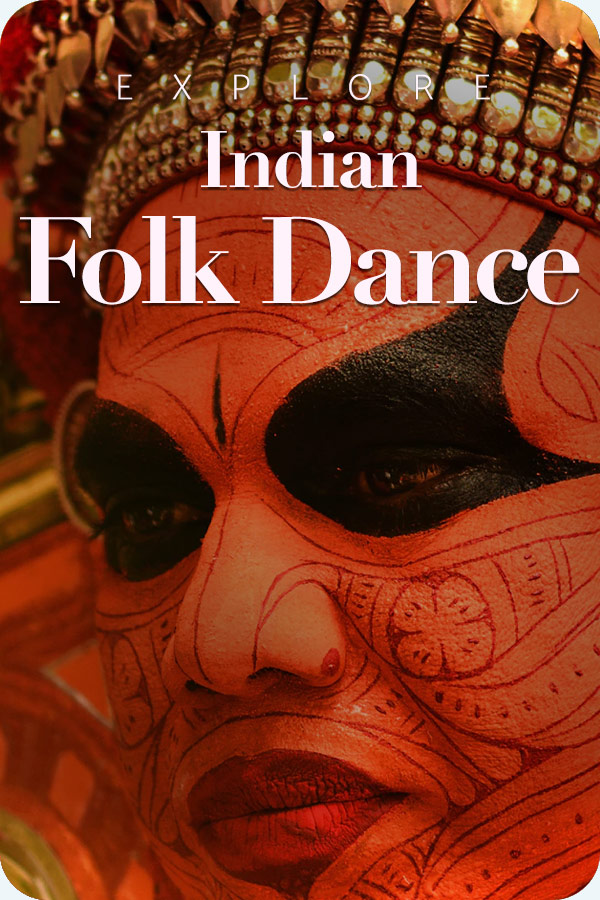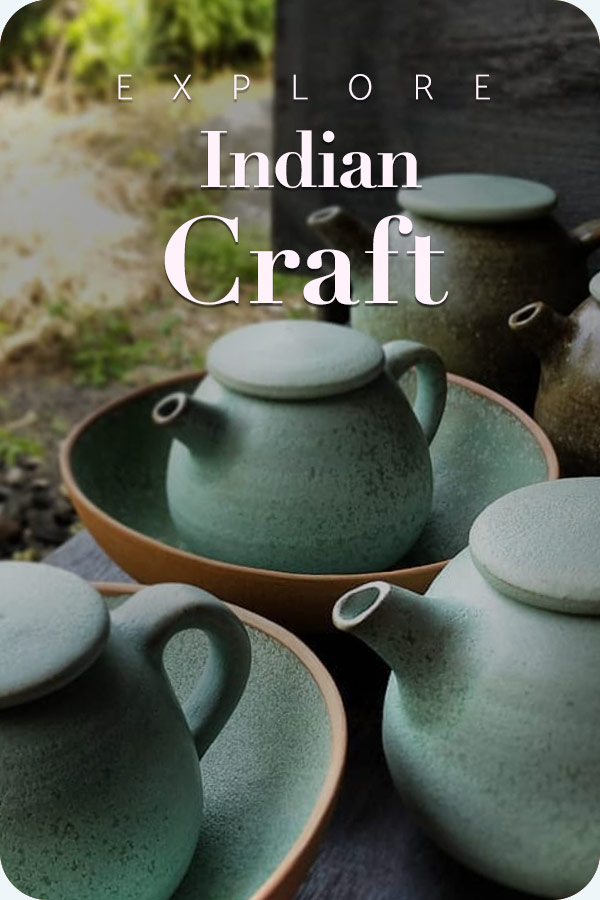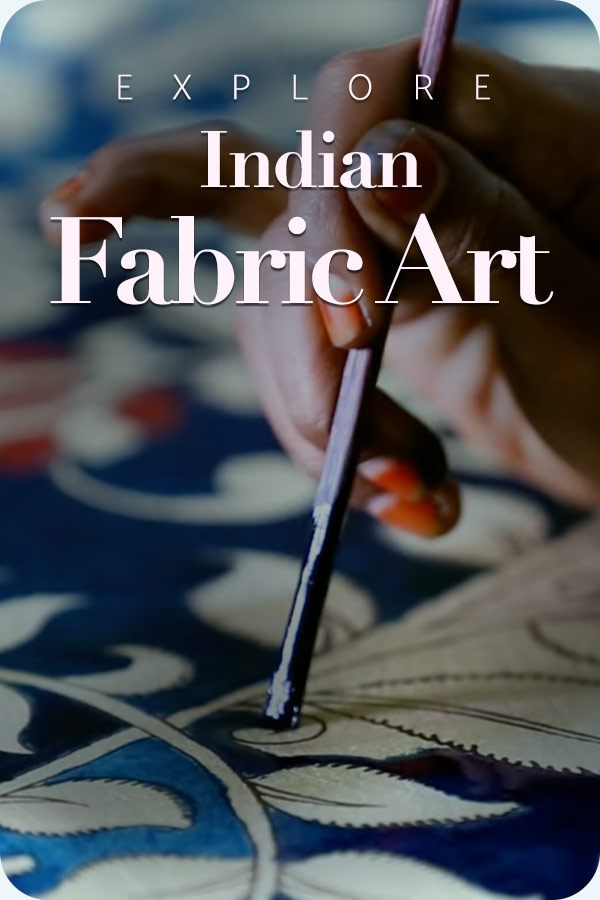
A trend towards re-establishing India as a society with a rich cultural heritage, the Government of India has embarked on a new initiative to introduce classical dance teaching in school. Indian classical dances, such as Bharatatyam, Kathak, Odissi, Manipuri, Kuchipudi, Sattriya, and Chhau, are finding their place in classrooms through a mix of educational reforms and cultural outreach programs. In the process, the future generations are not only taught the dance steps, but stories, values and identities too. This initiative is led by the Ministry of Culture with the support of the National Education Policy (NEP) 2020. Under this schools are becoming the places where historic culture exists along with scholarly endeavors.
Why is Classical Dancing Necessary?
With a holistic approach to schooling today, there is an increasing awakening that dancing can become more than an after school activity. It develops discipline, creativity, confidence, and emotional intelligence which are necessary functionalities in life. Its motivation by the government to add classical dance into school curriculum and events guarantees that children get the chance to learn about the richness of Indian culture.
The Kala Dharohar
Kala Dharohar is an initiative by the Sangeet Natak Akademi. It is a project that seeks to make classical dance an active force in schools. In line with this programme, students get acquainted with the basics of various classical dance styles by the means of performances, interactive communication, and workshops. All these experiences create interest not only in art but also allow developing talent in art at a young age.
A significant part of this mission is played by the Centre for Cultural Resources and Training (CCRT). Through the conduction of outreach programmes, training, and cultural awareness sessions, CCRT is able to certify that thousands of students in the nation get practical exposure to Indian performing arts.
Scholarships Programs
The Cultural Talent Search Scholarship Scheme (CTSSS) is a special scholarship that supports young students to become trained classical dancers aged between 10 and 14 years. In the program, every student is entitled to an annual allowance that is aimed to support their learning process. During the tour of the academic year 2024-25, 269 students were chosen in classical dance scholarships. This is a significant increase in the number of students as compared to previous years.
The Process of Developing Cultural Confidence
The decision to introduce classical dance in the school life is not just a good option to look after the culture, rather it is a good way to change the approach to communities in the way students perceive themselves. Dance needs rhythm, co-ordination, and self-expression. In addition, the classroom will be a platform to learn dance. The children will perform together under a common rhythm and tradition.
As India is switching to a more culture oriented educational system, incorporation of classical dance is a good decision in the right direction. To build off of this, schools have the ability to:
- Establish special interest cultural clubs and practice dance once a week
- Bring in local gurus/artists of dancing to mentor students
- Promote student performance in annual functions and festivals
- Teach using online tutorials and masterclasses
Final Thought
The focus on promoting classical dance in schools isn’t just about art but it’s about identity, inclusiveness, and national pride. By making classical dance a part of education, it is giving students the tools to connect with their culture while shaping a more expressive, confident, and culturally aware future. In every pose, every mudra, and every rhythmic beat, our culture finds its way back into the hearts of the next generation.


